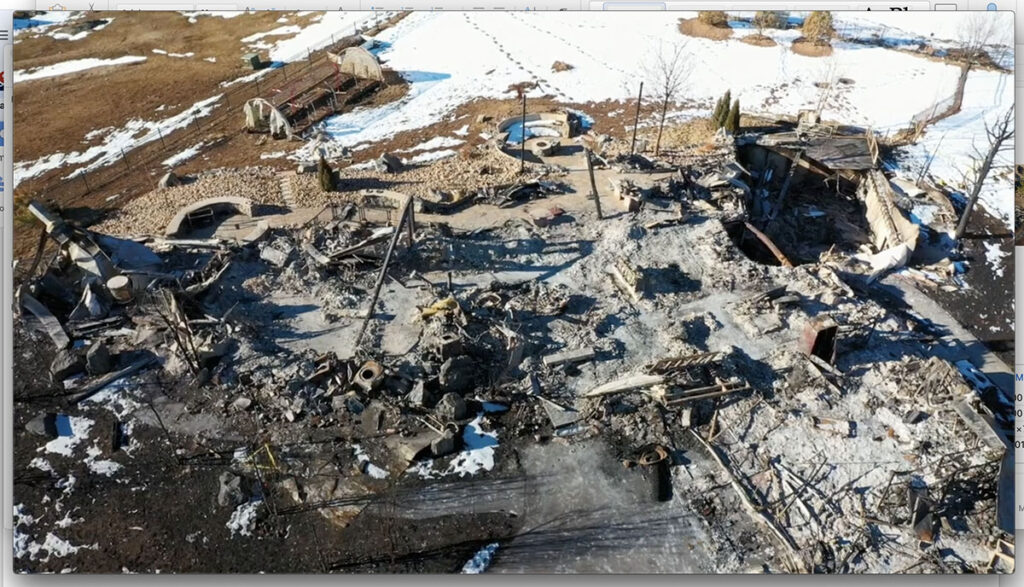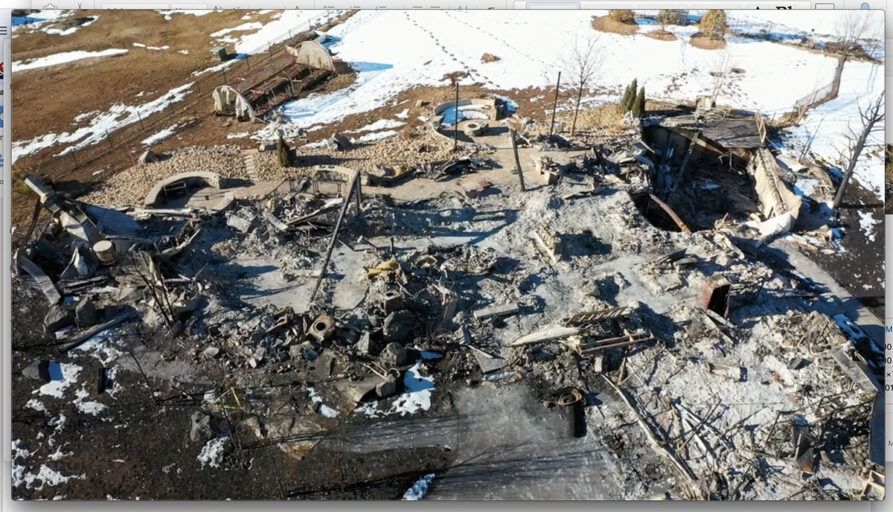
BOULDER COUNTY’S WORK WITH THE FEDERAL AND STATE GOVERNMENT
Newsroom El Comercio de Colorado
Haga click aquí para leer la versión en español
The Marshall Fire in Boulder is considered the most destructive wildfire in Colorado history. In just over a week, 6,026 acres of land burned, destroying over a thousand building structures, including businesses and homes. Within that figure, the destruction of 157 houses stands out. 95 percent of those houses represented the primary residence of those families. Meanwhile, 37 percent of the owners of these homes did not have insurance for their property.
Let us then imagine the dimensions of the human drama that generated this tragedy. “We had to respond immediately to be able to attend to thousands of needs that those affected had. One of the aspects in which we worked was obtaining the allocation of resources and how the proportion of distribution would be between the different levels of government. There was an emergency declaration from Colorado and another from the federal government. President Biden visited the county to express solidarity with him,” said Boulder Commissioner Marta Loachamin.
The commissioner explains that the cleanup work represented a great challenge in the first stage of the recovery. Almost 104,000 tons of ash were removed and 64,000 tons of bricks and concrete and 2,403 tons of metal were recycled. “There are people who have received construction permits and are even already building with efficient materials. We did not see that clearly a year ago when it was going to happen. The important thing is that the agent accepted what was happening with their lives and they began to rebuild their lives,” said the commissioner.
Important milestone
In mid 2022, Boulder County launched its Navigator Program. “Each family or person affected was assigned a navigator. These navigators have provided services and support in many areas. Those affected were able to learn about insurance providers and legal matters; plan for the recovery of your property and finances; learn about mental health services, these navigators have helped with applications for rebuilding funds,” Loachamin said.


Climate Impact Lesson
Marina LaGrave, Boulder County Climate Equity Specialist, says she continues to face risks of similar tragedies. “In Colorado we experience meteorological, agricultural and hydrological drought, which makes us a quite vulnerable region, especially when we have the wind factor. In the case of the Marshall fire, having a great prolonged drought, this was combined with the wind factor of this time of year. We had an additional element: fuel, which in this case is the trees. We already saw the consequences,” she said.
“The least represented communities are the ones that are really impacted the most by these effects of climate change. I mean fires, strong winds, heat waves. We address the challenge of ensuring equity by responding to ‘mapping’ with reliable data. From there, in Boulder we collaborate closely with the most vulnerable communities to learn from the challenges they face; co-create possible solutions; and provide resources and tools, so communities can better prepare and respond to eventualities,” LaGrave concluded.






otras noticias
La Dame Blanche closes the XIII Americas Latino Eco Festival
More than $2 million for 3,570 workers
Xavier Becerra highlights the positive impact of 988 on managing mental health crises